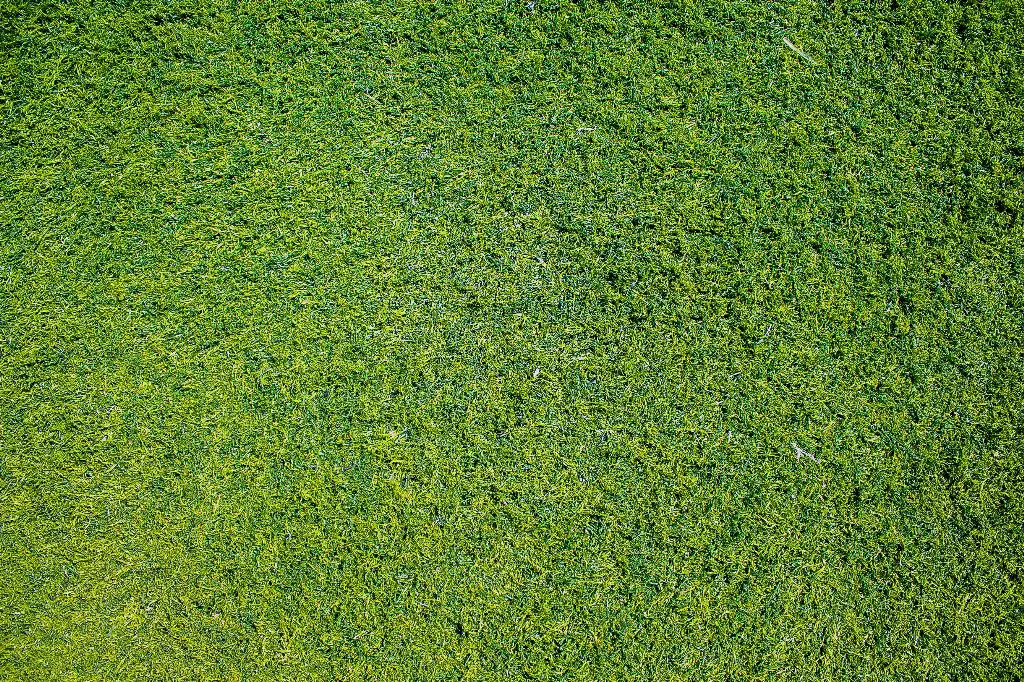Have you ever wondered how those magical lawn sprinklers help keep your grass lush and green without you having to lift a finger? Let’s dive into the fascinating world of lawn sprinkler systems and uncover the inner workings that make them so efficient and effective.
Key Components of Lawn Sprinklers
Lawn sprinklers consist of several key components that work together seamlessly to ensure your lawn receives the perfect amount of water. The main components include pipes, valves, and sprinkler heads, each playing a crucial role in the overall functionality of the system.
Water Source and Pumping
Water is the lifeblood of any lawn sprinkler system. The water is typically pumped from a water source, such as a well or municipal supply, and directed into the sprinkler system through a series of pipes. The pumping mechanism ensures a consistent flow of water to keep your lawn hydrated and healthy.
Valves: The Gatekeepers of Water Flow
Valves are like the gatekeepers of the sprinkler system, controlling the water flow and distribution. These essential components open and close to regulate the amount of water that flows through the pipes and ultimately reaches the sprinkler heads. Their precise control allows for efficient water usage and targeted irrigation.
Activation of Sprinkler Heads
When the valves open, water flows through the pipes and reaches the sprinkler heads, which are the final link in the chain of the irrigation process. Sprinkler heads are strategically positioned throughout the lawn and are designed to disperse water evenly across the grass, ensuring complete coverage and hydration.
Types of Sprinkler Heads
There are several types of sprinkler heads available, each with its unique features and benefits. From fixed spray heads to rotating nozzles, these specialized components cater to different lawn sizes, shapes, and water requirements, allowing for customized irrigation solutions.
Efficient Water Distribution
The beauty of lawn sprinklers lies in their ability to efficiently distribute water in a controlled manner. By dispersing water evenly across the lawn, sprinkler systems help prevent overwatering in some areas while ensuring adequate hydration in others, promoting healthy growth and minimizing water waste.
Adjustable Settings for Precision Irrigation
Modern lawn sprinkler systems often come equipped with adjustable settings that allow users to customize their watering schedules based on factors such as soil type, plant type, and weather conditions. These customizable options ensure precise irrigation tailored to the specific needs of your lawn.
Automation and Timers
For added convenience and efficiency, many sprinkler systems feature automation and timers that enable users to program watering schedules in advance. By setting specific days, times, and durations for irrigation, homeowners can ensure their lawn receives consistent and timely watering without the need for manual intervention.
Benefits of Lawn Sprinklers
The benefits of using a lawn sprinkler system extend beyond just keeping your grass green. These systems promote water conservation, save time and effort, improve lawn health, and enhance the overall aesthetic appeal of your outdoor space, making them a valuable investment for any homeowner.
Maintenance and Care
Like any other system, lawn sprinklers require regular maintenance and care to ensure optimal performance and longevity. Routine inspections, cleaning of sprinkler heads, checking for leaks, and adjusting settings as needed are essential tasks that can help prolong the lifespan of your sprinkler system.
Conclusion
In conclusion, lawn sprinklers are innovative irrigation solutions that bring convenience, efficiency, and effectiveness to lawn care. By understanding how these systems work and the importance of each component, you can make the most of your sprinkler system and enjoy a vibrant and healthy lawn year-round.

